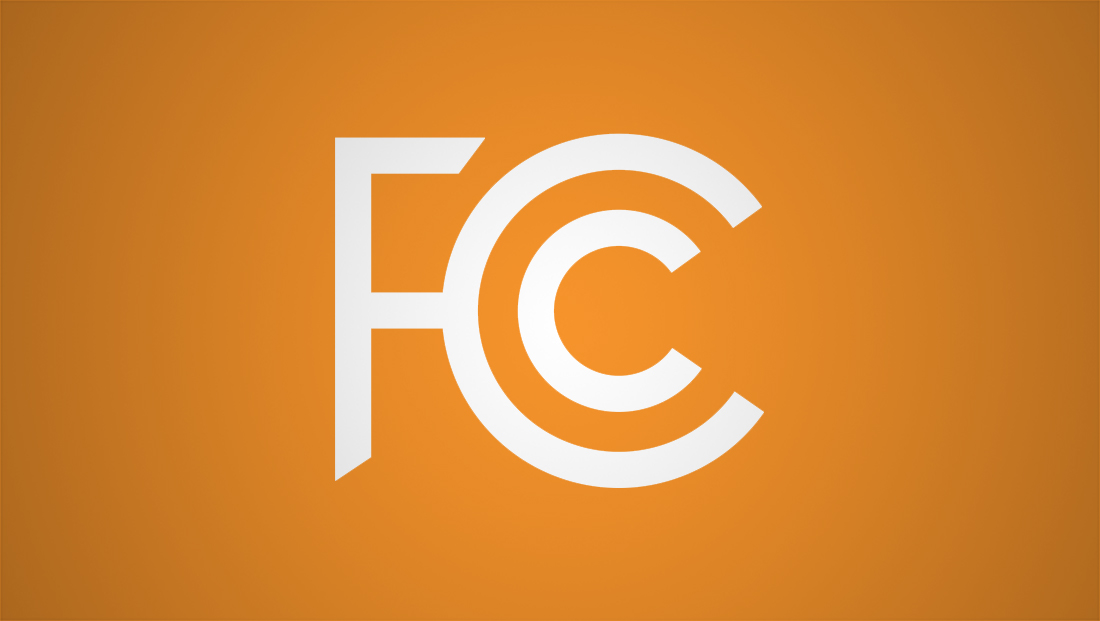FCC eliminates 98 broadcast rules in deregulation push

Subscribe to NCS for the latest news, project case studies and product announcements in broadcast technology, creative design and engineering delivered to your inbox.
The Federal Communications Commission voted at its August 7 open meeting to eliminate 98 broadcast rules and requirements identified as “obsolete, outdated or unnecessary,” continuing an aggressive deregulation effort that has removed hundreds of regulations since the “Delete, Delete, Delete” initiative launched earlier this year.
The action removes broadcast service regulations spanning nearly five decades, including 1970s-era requirements for specific radio station testing equipment and procedures for defunct technologies like analog television services and obsolete TV subscription systems.
“We take aim today at the broadcast service rules portion of our regulations and remove those provisions that are outdated or otherwise no longer serving the public interest,” Chairman Brendan Carr said during the meeting. “Specifically, today’s action will remove 71 rule provisions, including 98 rules and requirements, 12 pages, and over 5,000 words from the FCC’s rule books.”
The Commission used a direct final rule procedure that allows regulation removal without traditional notice-and-comment rulemaking, provided no significant adverse comments are received during a public comment period. This streamlined approach enabled rapid elimination of rules but has drawn procedural concerns from Commissioner Anna Gomez.
“The procedures implemented last month and used again today to erase rules adopted pursuant to notice and comment were put in place without seeking public comment on appropriate processes and guardrails,” Gomez wrote in her partial dissent. “I cannot support the elimination of substantive rules pursuant to these procedures.”
Despite her process objections, Gomez concurred with removing certain explanatory rules that reference outdated citations and court orders dating to 1979.
“Certain of the rules being removed in this process today are not substantive rules,” she said during the meeting. “Rather they are explanatory rules that reference citations to agency rules and court orders by topic solely for the purpose of reference and convenience. The referenced rules date back to 1979 and have not been kept up to date for some time.”
Scope of eliminations
The action removes 71 rule provisions encompassing 98 individual rules and requirements, eliminating 12 pages and 5,117 words from the FCC’s broadcast regulations. The deleted rules include:
- Obsolete subscription television rules: Procedures for applying for advance approval of subscription TV systems that operated on now-defunct analog technology
- Outdated equipment requirements: 1970s-era mandates for specific indicating instruments that AM, FM, and TV broadcast stations must purchase and maintain
- Unnecessary authorization rules: Requirements for FM stations to obtain authorization for stereophonic sound programs, which is now standard practice
- Obsolete international broadcast provisions: Definitions and procedures for international broadcasting that no longer reflect current operations, including outdated terms like “transmitter-hour,” “multiple operation,” and “sunspot number”
- Reference-only rule sections: Sections 73.4000 through 73.4280 that merely listed citations to outdated FCC orders, court decisions, and policies “solely for purpose of reference and convenience”
- Duplicative cross-references: Rules that simply pointed to other existing regulations or federal statutes
- “Reserved” sections: Four rule sections that contained no actual content
The Commission noted that many of the reference sections being eliminated contained outdated information that could cause confusion.
For example, Section 73.4050 listed outdated FCC orders on children’s television programming, while Section 73.4075 referenced a 1984 order on loud television commercials that separate regulations have since superseded.
At the July open meeting, the Commission approved removal of obsolete telegraph, rabbit-ear television receiver and phone booth regulations using the same streamlined process.
Broadcast industry impacts
For broadcasters, the rule eliminations provide immediate compliance relief by removing outdated technical requirements and procedural obligations that no longer align with current technology and business practices. The removals particularly benefit smaller broadcasters and technical staff who must navigate compliance requirements.
Commissioner Olivia Trusty emphasized the benefits of efficiency while supporting the action.
“This order represents another step forward in our effort to cut regulatory red tape, promote innovation, and foster economic growth by clearing out rules that have outlived their purpose,” she said. “As technology continues to evolve and consumer behavior shifts, legacy regulations often remain on the books long after their relevance has faded.”
The eliminations include removing requirements for equipment that is no longer manufactured or used, authorization procedures for services that have become standard practice, and reference materials that point to superseded policies.
Under the direct final rule procedure, the eliminated broadcast rules will be officially repealed unless significant adverse comments are submitted within 10 days of Federal Register publication, with the Commission defining such comments as those explaining why rules would be “inappropriate” or “ineffective.” The procedural debate reflects broader questions about administrative efficiency versus regulatory transparency, particularly when removing rules originally adopted through extensive public comment processes.
Subscribe to NCS for the latest news, project case studies and product announcements in broadcast technology, creative design and engineering delivered to your inbox.




tags
Brendan Carr, Deregulation, FCC
categories
Broadcast Business News, Heroes, Policy